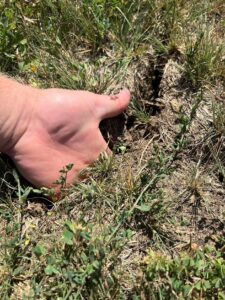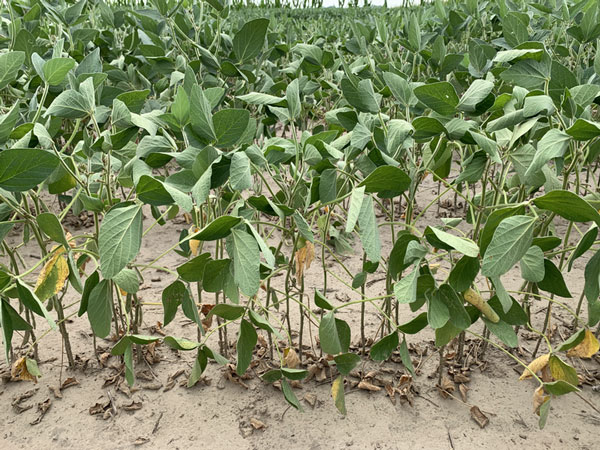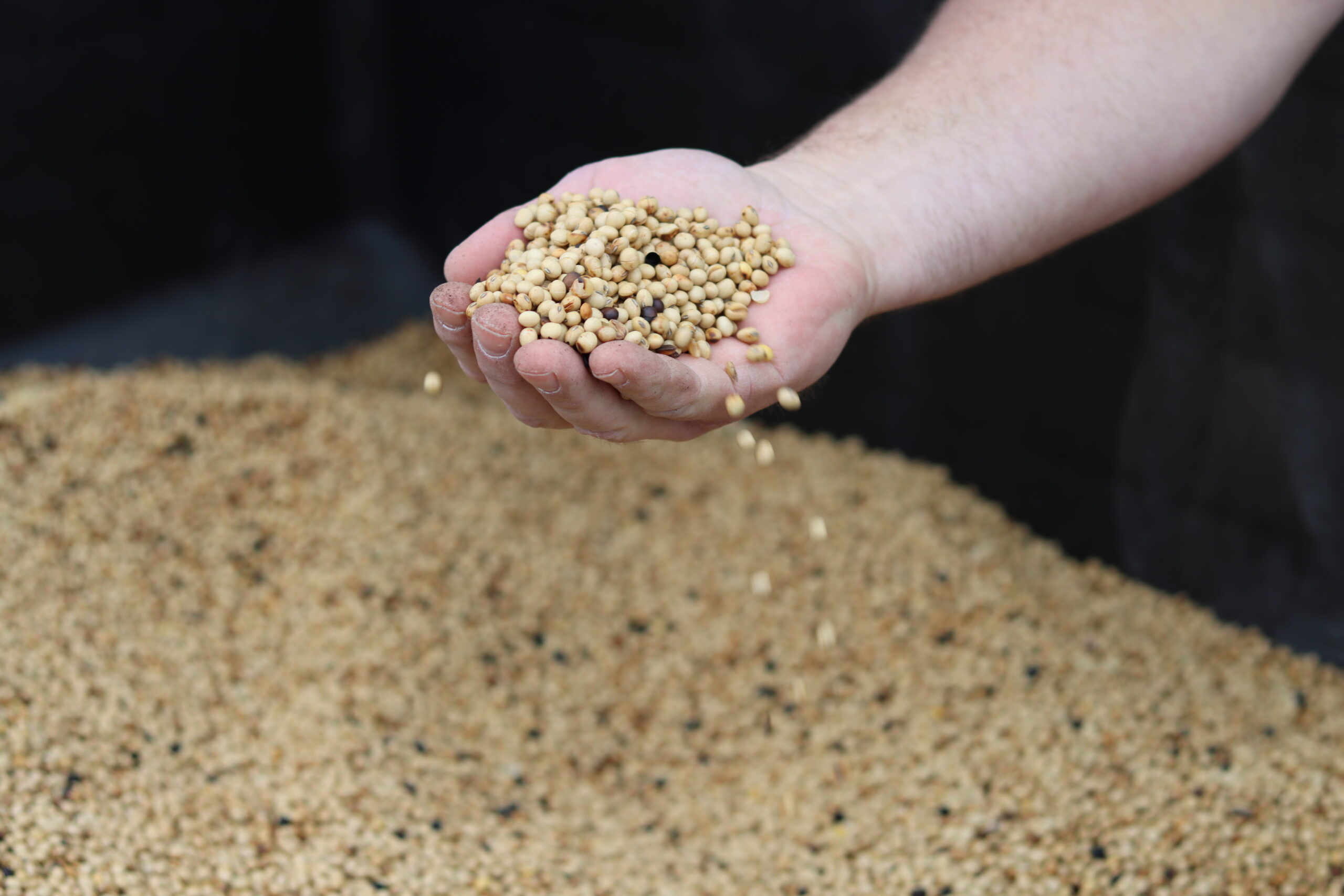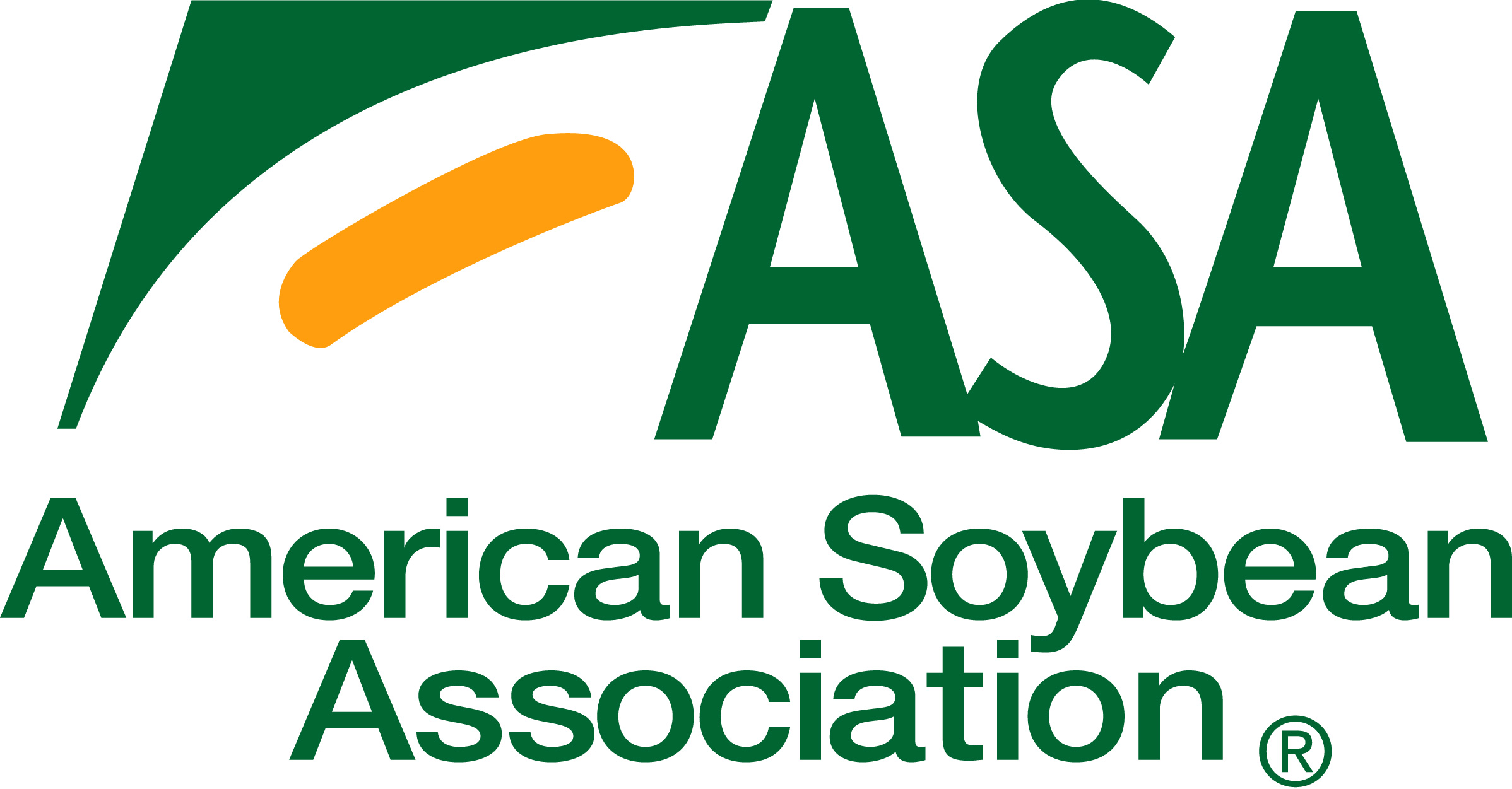In the post-harvest season, farmer sentiment remains positive despite a devastating drought that gripped many parts of the country. According to the Purdue University/CME Group Ag Economy Barometer, farmer sentiment improved for the second month in a row, climbing five points to reach an index value of 115, 12 percent higher than last year. This barometer provides perspective on the agricultural economy’s health, based on a survey of 400 producers a month.
One of the reasons farmers have remained in good spirits is due to drought technology. After the last drought, the Missouri Soybean Merchandising Council and United Soybean Board invested more than $1 million in genetics to fight drought.
“Our last major drought was in 2012, and we were just as dry or drier, and our crop yielded more this year,” said Robert Alpers, Missouri Soybean Merchandising Council board member and farmer from Prairie Home. “You can see a big change in the ‘stressability’ in the hybrids and varieties from the last decade. Now, soybeans can withstand much more adversity.”
Through investments from MSMC, researchers successfully identified soybeans with higher water-use efficiency.
“A soybean plant can only take up a finite amount of water and must decide how to use it. By breeding soybeans that use water more efficiently, we can produce higher yields with less water in a season,” said Eric Oseland, Missouri Soybeans director of research and agronomy. “As climate extremes become more the norm and less the outlier, investing in this type of work is as vital as ever.”
The checkoff continues to evaluate agronomic management practices and ways to conserve water in the soil better than we are today.
“Sustained investment in genetic development and soybean breeding focused on drought resiliency has provided farmers with soybean varieties that withstand and produce in water-stressed conditions,” said Oseland. “Ultimately, these varieties infiltrate the market through the private sector, but often the genetic development can be credited to checkoff-funded research at public institutions.”
Data from 2016-2018 confirmed only 15% of private commercial varieties demonstrated a measurable level of drought tolerance. Researchers from six states, including Missouri, coordinated efforts through checkoff funding to increase the drought-tolerant breeding stock available to private industry commercial soybean breeders. This effort releases several varieties commercially, with more in the pipeline. While these varieties arrive in a private industry seed bag, the genetic makeup of that seed comes from investment in research from farmers’ soybean checkoff.
In addition to dedicated dollars to research, MSMC also allocated funds with the Soy Transportation Coalition (STC) to dredge the lower Mississippi River. Due to channel depth and width, barges have limited capabilities in lower water conditions, like drought. According to STC, 5,000 fewer bushels of soybeans are loaded into each barge for every one foot of decreased water depth.
“Nearly 100 years ago, our infrastructure investments laid the groundwork for U.S. farmers to become global leaders in soybean production,” said Casey Wasser, Missouri Soybeans chief operating office and senior director of policy. “Since then, Missouri Soybeans has worked diligently to continue to improve systems already in place. A deeper river will allow ships to be loaded with more revenue-producing freight, lowering shipping costs by 13 cents per bushel.”
Due to this startling statistic, MSMC and STC effectively invested in dredging the Mississippi River from 45 to 50 ft. Research estimates farmers in the 31 evaluated states will receive an additional $461 million annually for soybeans.
Acknowledging the persistent threat of drought, farmers are cautiously optimistic about the future, recognizing the potential impact on crop yields and income. Nevertheless, their resilience, coupled with ongoing research and strategic investments, positions the soybean industry to navigate challenges and cultivate a prosperous future.
For a deeper understanding of our ongoing research initiative, we invite you to explore our diverse projects at https://mosoy.org/about-us/the-checkoff/research-projects/.


